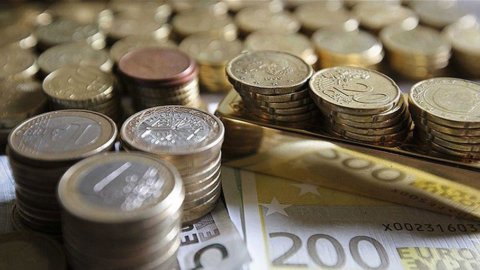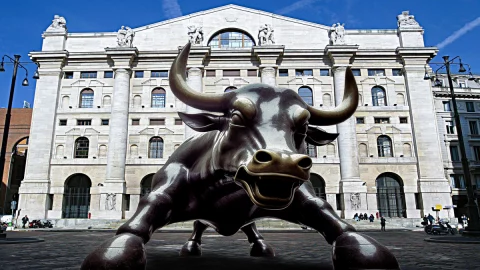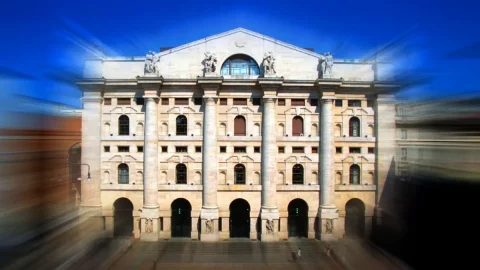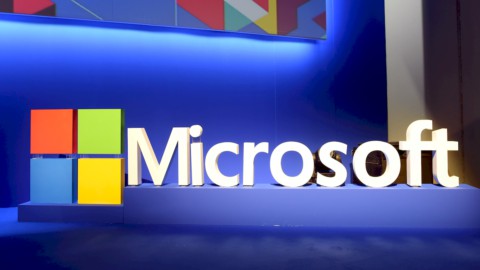The euro broke after the start of the European markets $1,33, updating the new low of the last nine months (September 13) at 1,3297. Behind the weakening of the currency there are exogenous and endogenous factors. On the one hand, in fact, there are concerns about the fragility of the Eurozone's economic recovery, renewed by recent statistics (particularly those related to growth and inflation) published in various member countries. On the other hand there is, above all, the renewed strength of the greenback after the recent data, which turned out to be better than forecasts, reassured us about the state of health of the US economy. A condition that further fueled speculation, already present on the market in view of the imminent annual meeting of the central bankers of the Fed. And in fact the dollar also strengthened against all the other main currencies, including the yen against which it climbed up to 103,27, a new peak in the last four months (April 7).
Fueling the demand for dollars at this stage is mainly a possible tightening move by the Fed closer than expected so far by the experts. A rise in US interest rates, which is the main monetary tool available to a central bank to combat excessively high inflation, makes the dollar more profitable and therefore more attractive to investors. All the attention of the market is therefore shifted to next Friday when, on the occasion of the annual meeting of US central bankers to be held in Jackson Hole (Wyoming), the president of the Fed, Janet Yellen, will give a speech. In the meantime, investors will try to understand which direction monetary policy could take from the minutes of the last meeting (July 29-30) of the Fed's monetary policy committee (FOMC), which will be released this evening. According to experts, these minutes should highlight the level of debate between 'hawks and doves' within the Fed.





